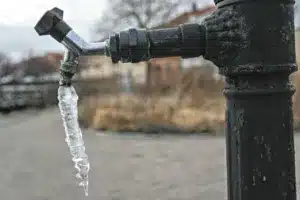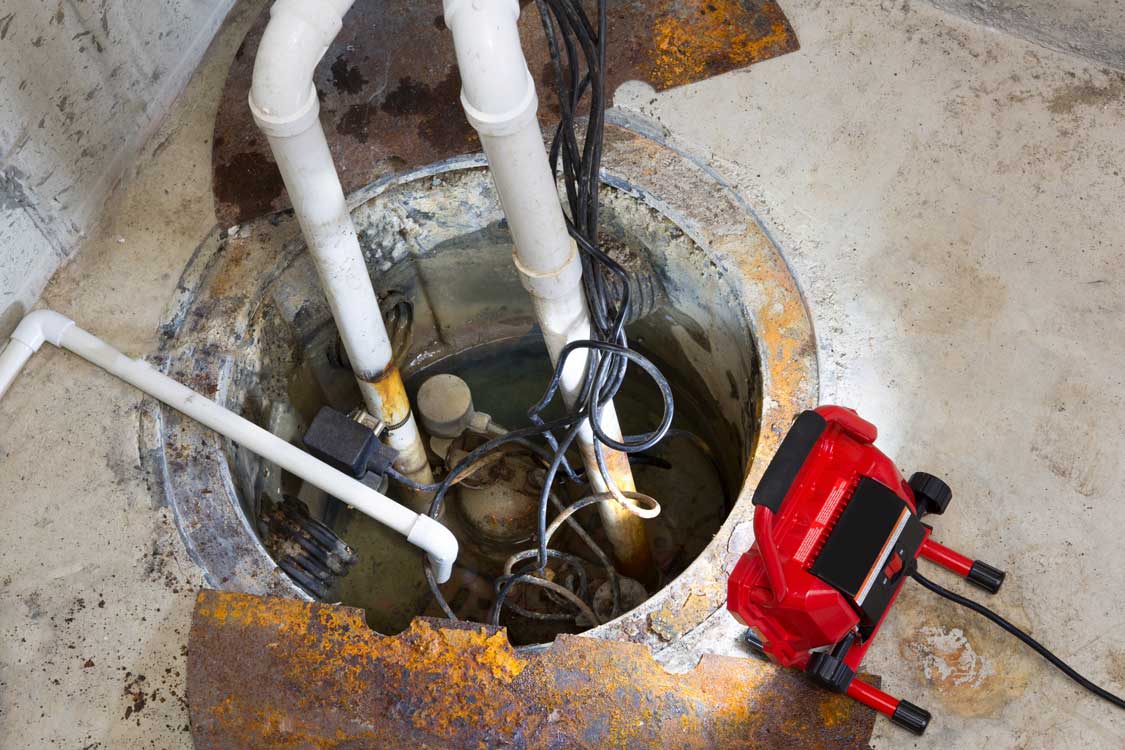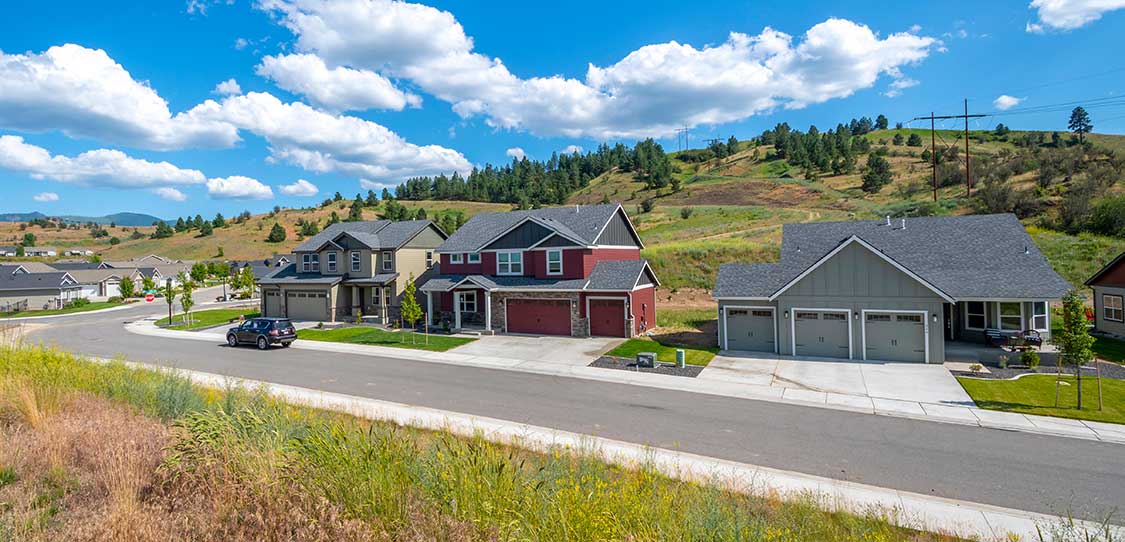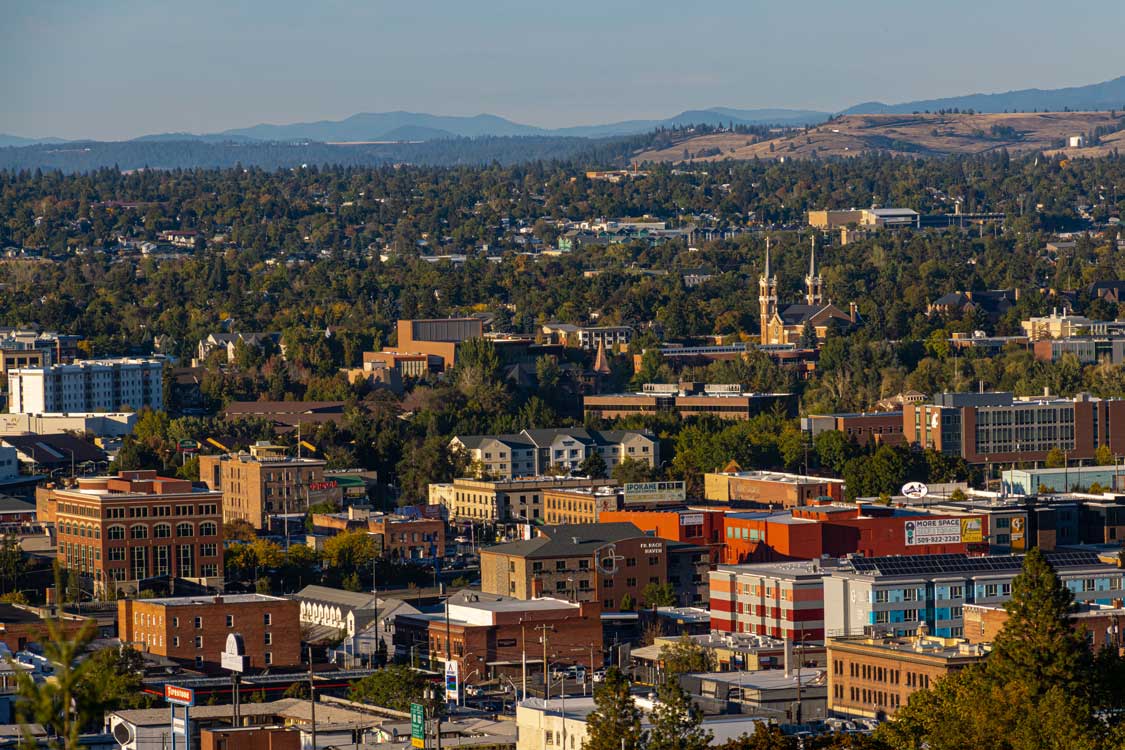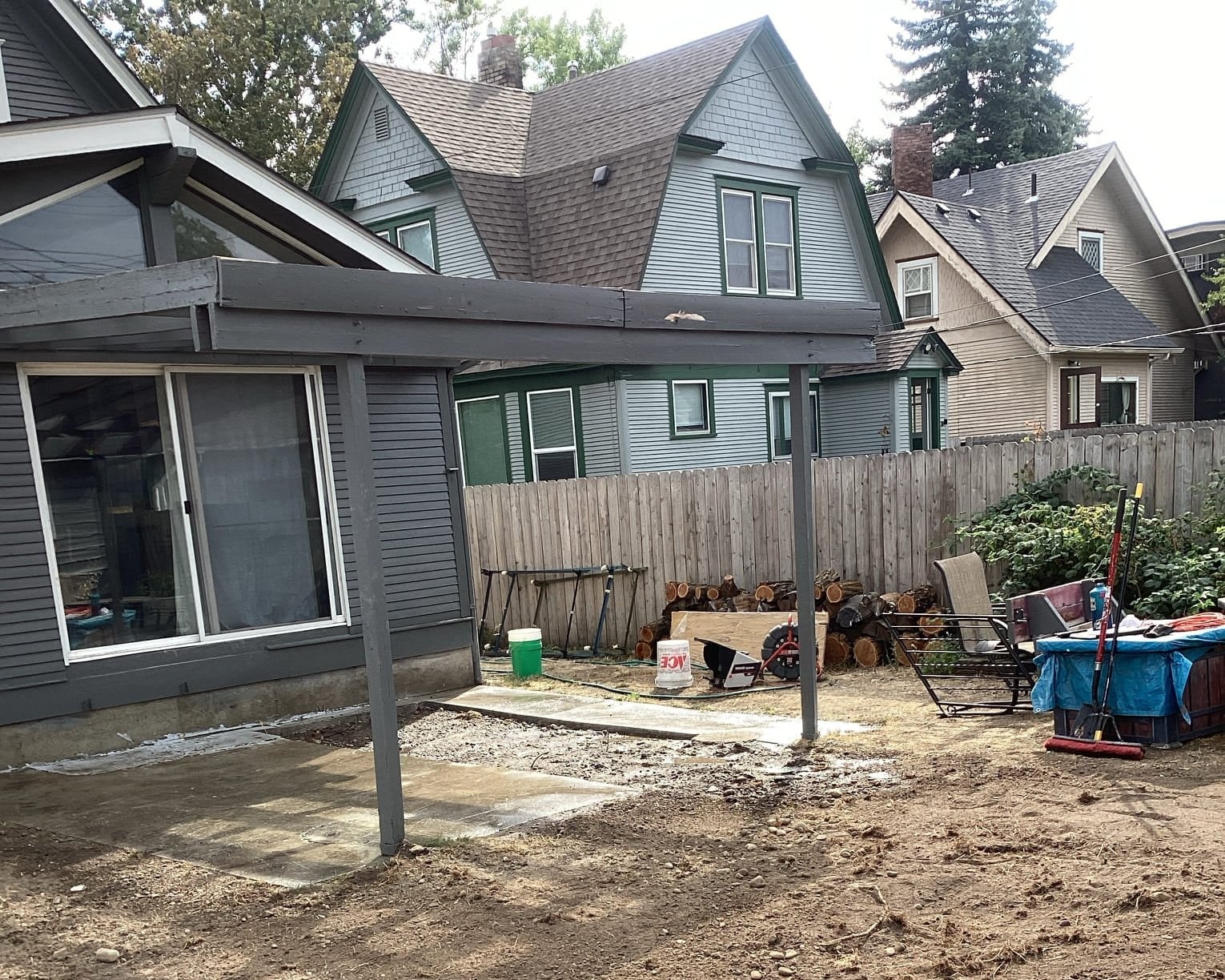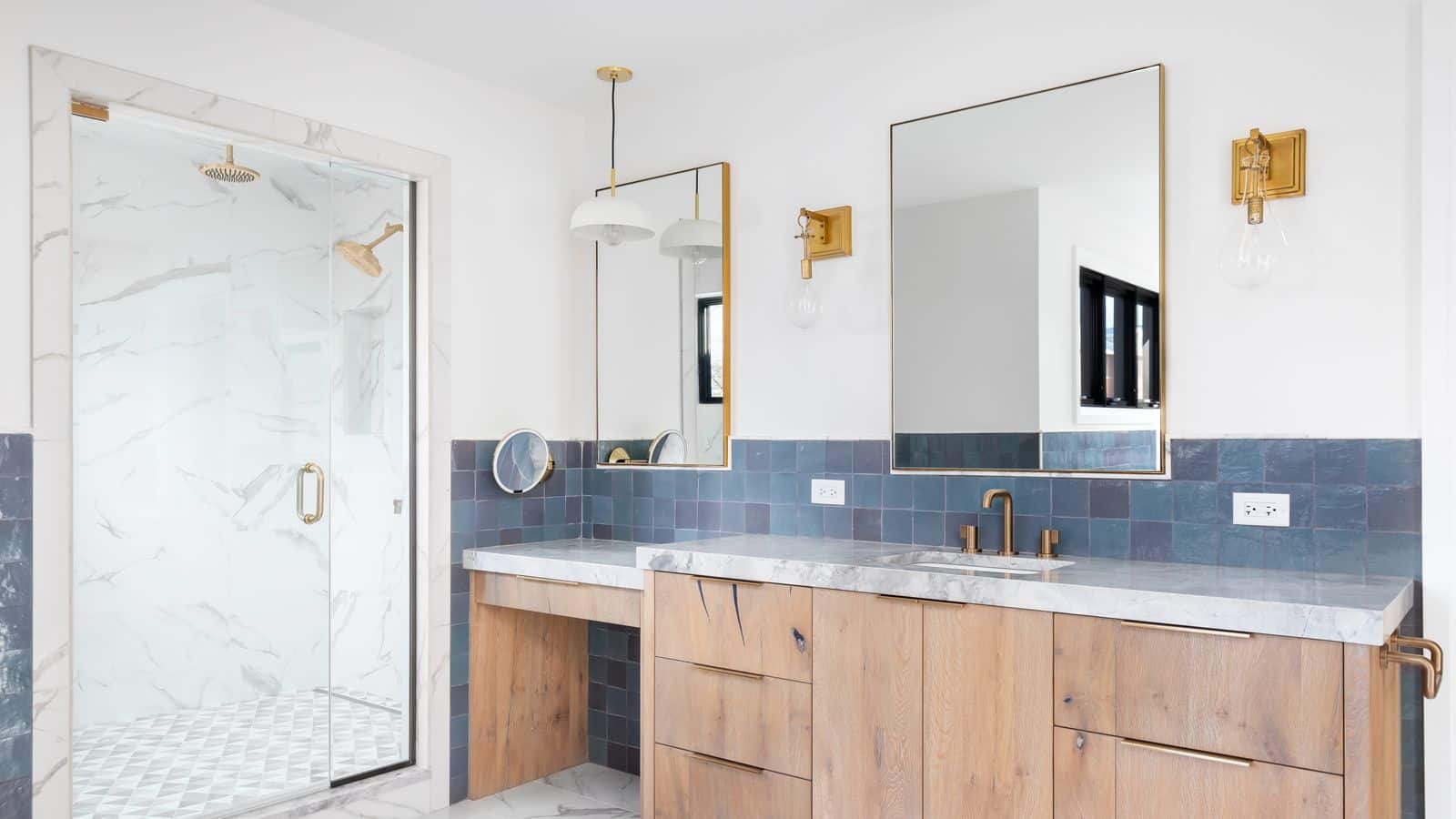Ever had your morning derailed by an unexpected plumbing surprise? One moment, you’re set to enjoy a hot shower, and the next, you’re dealing with a trickle—or worse, nothing at all—thanks to frozen pipes putting a freeze on your plans. It’s a hassle no one wants to face. Here’s the scoop: it’s not just the below-freezing temperatures that are the troublemakers. Sometimes, it’s the simple things—like a drafty spot in your home or neglected insulation—that team up to turn your pipes into popsicles. The good news? You don’t have to let the cold weather call the shots. Let’s uncover the five most common causes of frozen pipes and how you can keep your water flowing freely all winter long.
1. Inadequate Pipe Insulation
One of the primary reasons pipes freeze is a lack of proper insulation. When pipes are exposed to cold temperatures without sufficient insulation, the water inside them can quickly freeze, especially if the pipes are located in unheated areas of your home, such as attics, basements, crawl spaces, or along exterior walls.
To combat this issue, it’s essential to ensure that all pipes in these vulnerable areas are adequately insulated. This can be achieved by wrapping the pipes in insulation sleeves or using spray foam insulation to create a barrier between the pipes and the cold air.
If you’re unsure about the best way to insulate your pipes or need assistance with the process, it’s wise to consult with a professional plumbing service. Expert technicians can assess your plumbing system, identify areas that require additional insulation, and provide the necessary solutions to keep your pipes protected throughout the winter.
2. Sudden Temperature Drops
Even if you’ve taken steps to insulate your pipes, a sudden and drastic drop in temperature can still catch you off guard, increasing the likelihood of frozen pipes. When the mercury plummets quickly, your plumbing system may not have enough time to adjust, and the water inside the pipes can freeze before you have a chance to implement additional protective measures.
To minimize the risk of frozen pipes during sudden cold snaps, it’s important to stay informed about upcoming weather conditions. Monitor weather forecasts regularly: Keep an eye on local weather reports and be aware of any predicted temperature drops, especially those that are expected to occur rapidly or last for an extended period.
When a cold front is on the horizon, take action to protect your pipes. Keep your home adequately heated during cold snaps: Maintain a consistent temperature throughout your home, even in rooms that you don’t frequently use. This will help keep the pipes in those areas warm and prevent them from freezing. If necessary, use space heaters to provide additional warmth to particularly vulnerable areas, such as basements or attics.
If you’re unsure about your plumbing system’s ability to withstand sudden temperature changes or want to ensure that you’re fully prepared for the next cold snap, consider seeking professional assistance. Bulldog Rooter can assess your plumbing system’s vulnerability to sudden freezes: Our experienced technicians can evaluate your home’s plumbing, identify potential weak points, and provide customized solutions to help you weather even the most unexpected temperature drops without the worry of frozen pipes.
3. Sealing Issues and Drafts
Another common cause of frozen pipes is the presence of cracks and openings in your home’s structure, which allow cold air to seep in and reach your plumbing system. These gaps can be found around windows, doors, and foundations, and they can significantly impact the temperature of your pipes, even if they’re located in heated areas of your home.
To prevent cold air from infiltrating your home and putting your pipes at risk, it’s crucial to identify and seal these problematic areas. Seal gaps around windows, doors, and foundations: Inspect the exterior of your home for any visible cracks or openings, paying close attention to the areas around windows, doors, and the foundation. Use weatherstripping, caulk, or foam sealant to fill in these gaps and create a barrier against the cold air.
In addition to sealing exterior gaps, it’s also important to ensure that any openings for cables and pipes that enter your home are properly insulated. Ensure that openings for cables and pipes are properly insulated: Check the areas where cables and pipes pass through walls, floors, or ceilings, and make sure that these openings are adequately sealed and insulated. Use expanding foam or caulk to fill in any gaps, and consider adding insulation sleeves around the pipes for extra protection.
If you’re unsure about the effectiveness of your home’s insulation or need assistance with identifying and sealing drafty areas, it’s a good idea to enlist the help of a professional plumbing service. Our technicians at Bulldog Rooter can identify and seal problematic areas to protect your pipes: Our skilled technicians have the expertise and tools necessary to thoroughly inspect your home for sealing issues and drafts that could put your pipes at risk of freezing. We can pinpoint the most vulnerable areas and provide targeted solutions to keep cold air out and your pipes safe throughout the winter season.
4. Thermostat Set Too Low
In an effort to save on energy costs, some homeowners may be tempted to lower their thermostat settings during the winter months, especially when they’re away from home for extended periods. However, keeping your thermostat set too low can significantly increase the risk of your pipes freezing, as the reduced indoor temperature may not be sufficient to keep the water in your pipes from turning to ice.
To prevent frozen pipes caused by low thermostat settings, it’s crucial to maintain a consistent temperature throughout your home, even when you’re not there. Maintain a consistent temperature of at least 55° F, even when you’re away: While it may be tempting to lower your thermostat to save energy while you’re on vacation or away for work, it’s essential to keep your home’s temperature at a minimum of 55° Fahrenheit. This will ensure that your pipes remain warm enough to prevent freezing, even in the coldest parts of your home.
In addition to maintaining a consistent temperature while you’re away, it’s also important to avoid drastic temperature changes between day and night. Avoid drastic temperature changes between day and night: Fluctuating temperatures can put additional stress on your pipes, increasing the likelihood of freezing. Instead of significantly lowering your thermostat at night to save energy, consider maintaining a steady temperature throughout the day and night. This will not only help protect your pipes but also create a more comfortable living environment.
If you’re concerned about the potential impact of higher thermostat settings on your energy bills, there are energy-efficient solutions available that can help you maintain a safe temperature for your pipes without breaking the bank. Bulldog Rooter can provide advice on maintaining warmth without significantly increasing energy costs: Our knowledgeable technicians can offer guidance on energy-efficient practices, such as using programmable thermostats, sealing air leaks, and improving insulation. By implementing these strategies, you can keep your pipes safe and your home comfortable without seeing a significant spike in your energy costs.
5. Lack of Regular Plumbing Maintenance
While many homeowners focus on protecting their pipes during the winter months, it’s easy to overlook the importance of regular plumbing maintenance throughout the year. Explanation: Without routine checks, small issues such as leaks, corrosion, or weak spots in your pipes can go unnoticed, making them more susceptible to freezing when cold weather hits. These undetected problems can significantly increase the risk of frozen pipes, as they create vulnerabilities in your plumbing system that can be exacerbated by low temperatures.
Investing in regular plumbing maintenance offers numerous benefits that can help you avoid the hassle and expense of frozen pipes. Benefits of Maintenance: One of the primary advantages of routine plumbing check-ups is the early detection of potential problems. A skilled technician can identify and address minor issues before they escalate into major concerns, such as frozen or burst pipes. This proactive approach not only helps prevent costly repairs but also extends the longevity of your plumbing system, ensuring that it remains in optimal condition for years to come.
To ensure that your plumbing is ready to withstand the challenges of cold weather, it’s essential to schedule a professional check-up before the winter season begins. Schedule a Check-Up: Contact Bulldog Rooter to arrange a comprehensive plumbing inspection. Our experienced technicians will thoroughly examine your pipes, fixtures, and appliances, looking for any signs of wear, tear, or potential problems. We’ll provide you with a detailed report of our findings and offer personalized recommendations to help you maintain a healthy, efficient plumbing system that can resist the threat of frozen pipes.
Protect Your Home with Bulldog Rooter
Don’t let frozen pipes catch you off guard this winter. At Bulldog Rooter, we’re committed to helping you safeguard your home against the damaging effects of freezing temperatures. Our expert technicians are equipped with the knowledge and tools necessary to identify and address potential vulnerabilities in your plumbing system, ensuring that your pipes remain protected throughout the cold season. With our 24/7 emergency service, you can rest assured that we’ll be there to assist you, no matter the time of day or night. Whether you need help with preventative measures or are facing a frozen pipe emergency, our experienced team is ready to tackle any plumbing challenge that comes your way. Contact Bulldog Rooter today at (509) 687-7001 or email us at [email protected] to schedule an appointment and take the first step towards a winter-ready home.

